The destruction caused by Hurricane Ian – in pictures
Death toll continues to rise as hundreds of thousands of homes and businesses remain without power

One of the fiercest storms in US history has left a trail of destruction and death after battering Florida last week.
The death toll has risen to more than 100 since Hurricane Ian hit the southwest of the state as a category four storm on 28 September, before making a “second deadly US landfall” in South Carolina, said The Guardian. As rescue workers continue to search ruins for survivors, the tally of fatalities is expected to climb.
Although Hurricane Ian is “one of the deadliest hurricanes in recent memory”, said the BBC, it “pales in comparison” to Katrina (2003) and Maria (2017), which killed 1,800 and 3,000 people respectively. But “close to 270,000 homes and businesses” remained without power in Florida on Wednesday, Reuters reported.
And thousands of people in the state are living in “emergency shelters after their homes were damaged or destroyed”, said NBC News. Joe Biden visited Florida yesterday to “survey damage” caused by the “150mph winds and storm surges as high as 14ft”.
Biden warned that rebuilding “could take years”, the news site added, but the president vowed to “build back better”.
The hurricane is expected to be “among the costliest storms in US history”, said The Guardian. Initial estimates put the cost at around $55bn, but “some insurance industry analysts say the final figure could be far higher”, the paper reported.
Ian also pummelled Cuba before hitting Florida, and has been “nightmare of a storm to forecast”, said Axios. According to the news site, “experts say the tools meteorologists used to assess and communicate its likely path were part of the problem”, with computer models used to help predict the weather “at war with one another until about 36 hours before landfall”.
Authorities in Lee County, one of Florida’s hardest-hit areas, have “faced questions about the timing of their evacuation order”, which was made “less than 24 hours before Ian made landfall”, said the BBC. State governor Ron DeSantis defended the decision, insisting that “we did what we had to do at the exact same time”.
Teams of search and rescue workers have “doubled back to examine tens of thousands of Gulf Coast homes and businesses after an initial sweep through areas ravaged by Ian”, said Reuters.

Florida Governor DeSantis issued warnings against looters seeking to plunder abandoned homes and businesses after four suspected burglars were arrested. “Don’t even think about looting,” DeSantis said at a press conference last week. “Don’t even think about taking advantage of people in this vulnerable situation.”
“When I say zero tolerance, zero tolerance means we will hunt you down, track you down, and you’re going to jail. If you’re lucky,” he added.

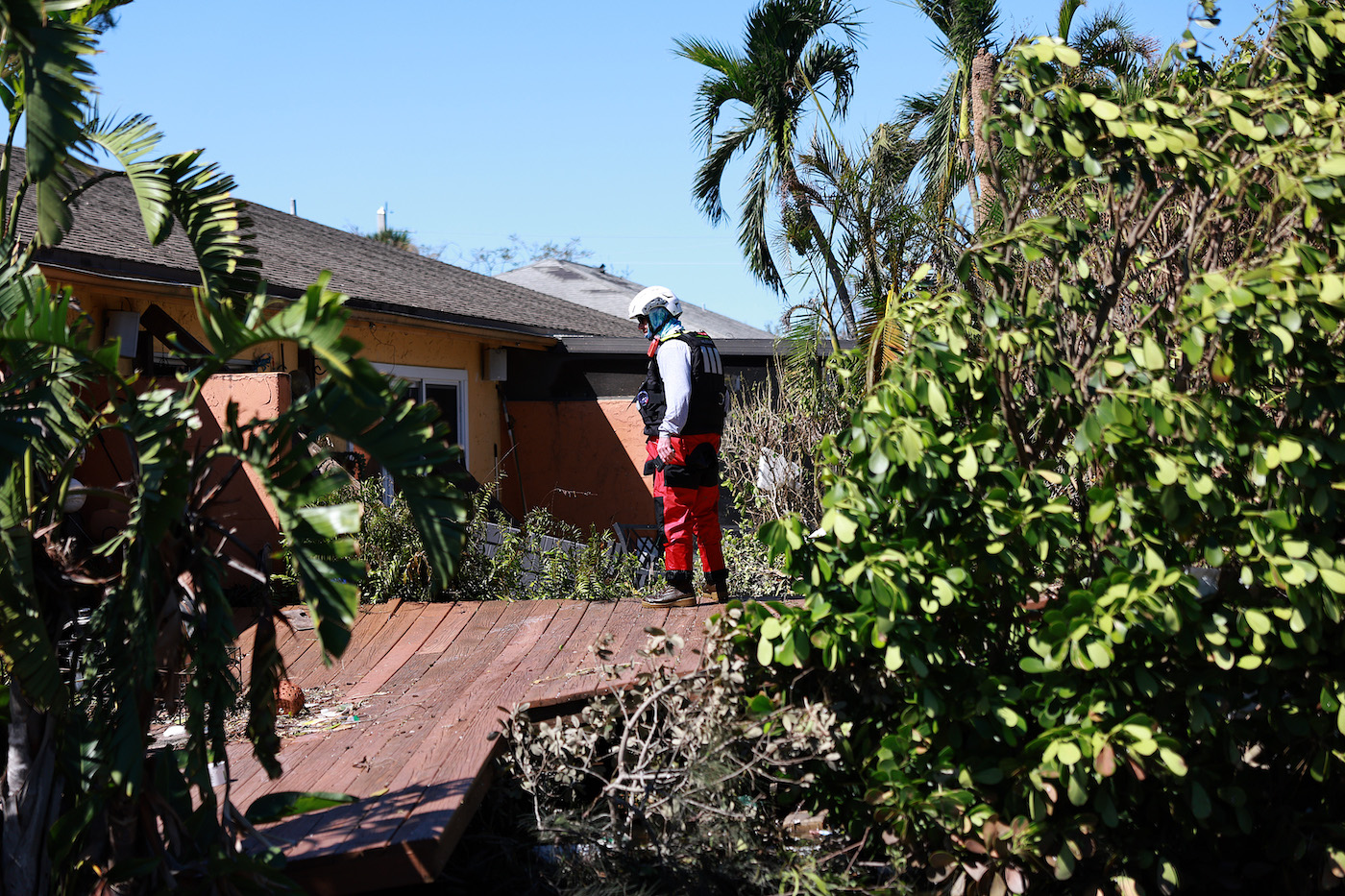
A free daily email with the biggest news stories of the day – and the best features from TheWeek.com
Richard Windsor is a freelance writer for The Week Digital. He began his journalism career writing about politics and sport while studying at the University of Southampton. He then worked across various football publications before specialising in cycling for almost nine years, covering major races including the Tour de France and interviewing some of the sport’s top riders. He led Cycling Weekly’s digital platforms as editor for seven of those years, helping to transform the publication into the UK’s largest cycling website. He now works as a freelance writer, editor and consultant.
-
 White House weddings through the years - in pictures
White House weddings through the years - in picturesIn Pictures President Biden’s granddaughter Naomi and her fiancé have become the 19th couple to marry at the White House
-
 Report: Matt Gaetz's former wingman has given investigators thousands of photos, videos, and texts
Report: Matt Gaetz's former wingman has given investigators thousands of photos, videos, and textsSpeed Read
-
 Before Florida condo collapse, contractor took photos of damage in building's garage
Before Florida condo collapse, contractor took photos of damage in building's garageSpeed Read

